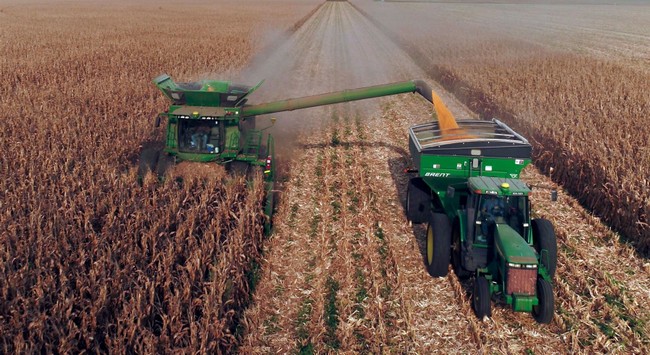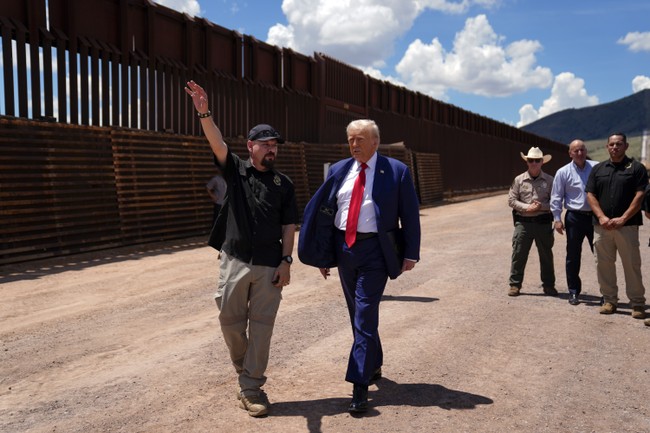John Deere has been a staple in American farming for generations. My grandfather relied on an old John Deere Model A for his corn and soybean fields, and my father followed suit with a newer model. Even after he stopped farming, he remained with the company, working at their massive Waterloo, Iowa, plant.
In our home in the Susitna Valley, a John Deere 1023E handles the everyday tasks like mowing and snow removal. It’s reliable and its small diesel engine packs enough punch for our needs. The thing that ties all these tractors together is that they needed someone behind the wheel.
Now, John Deere is venturing into new territory with autonomous tractors, sparking both curiosity and a bit of concern. They’re harnessing artificial intelligence to tackle labor shortages and improve farm efficiency. As Josh Jepsen, Deere CFO, explained on “The Claman Countdown,” they’re aiming to automate tasks like tilling, planting, and harvesting over the decade.
The U.S. stands as a leader in soybean production and corn is a major player in our agricultural output. Thanks to technological advances, fewer people are needed in agriculture today than in the past. My grandfather’s 50-acre farm, once typical, now would barely pass for a hobby farm.
The latest buzz is about John Deere’s autonomous tractors, dump trucks, and mowers. These machines navigate using cameras and AI, as per a company press release. Jepsen highlighted the freedom this brings, suggesting farmers could spend more time with family while their equipment works.
Personally, I’d feel uneasy leaving my fields to a robot, preferring to keep watch from my porch if needed. But automation is clearly the way forward. If it pans out, it will continue the trend of reducing the number of people working in agriculture.
From 1920 to 1970, while the U.S. workforce grew, those in agriculture dwindled significantly. Where once there were three non-farm workers for every two farmers, by 1970 the ratio was about 22 to one. Despite overall employment growth, agriculture saw declines, especially after World War II.
This trend is likely to accelerate with the advent of automation and AI in farming. Yet, there’s something irreplaceable about the human connection to the land. My grandfather’s tactile knowledge of his soil and my dad’s instinctive cattle management can’t be replicated by machines.
No amount of technology can match the understanding that comes from years of working the land. However, these innovations can serve as powerful tools. They increase efficiency, making food more accessible and affordable.
While we’ll always need farmers with an intimate knowledge of their crops and livestock, John Deere’s advancements are worth noting. They offer a valuable addition to the farmer’s toolkit. Just remember, nothing runs quite like a Deere.



